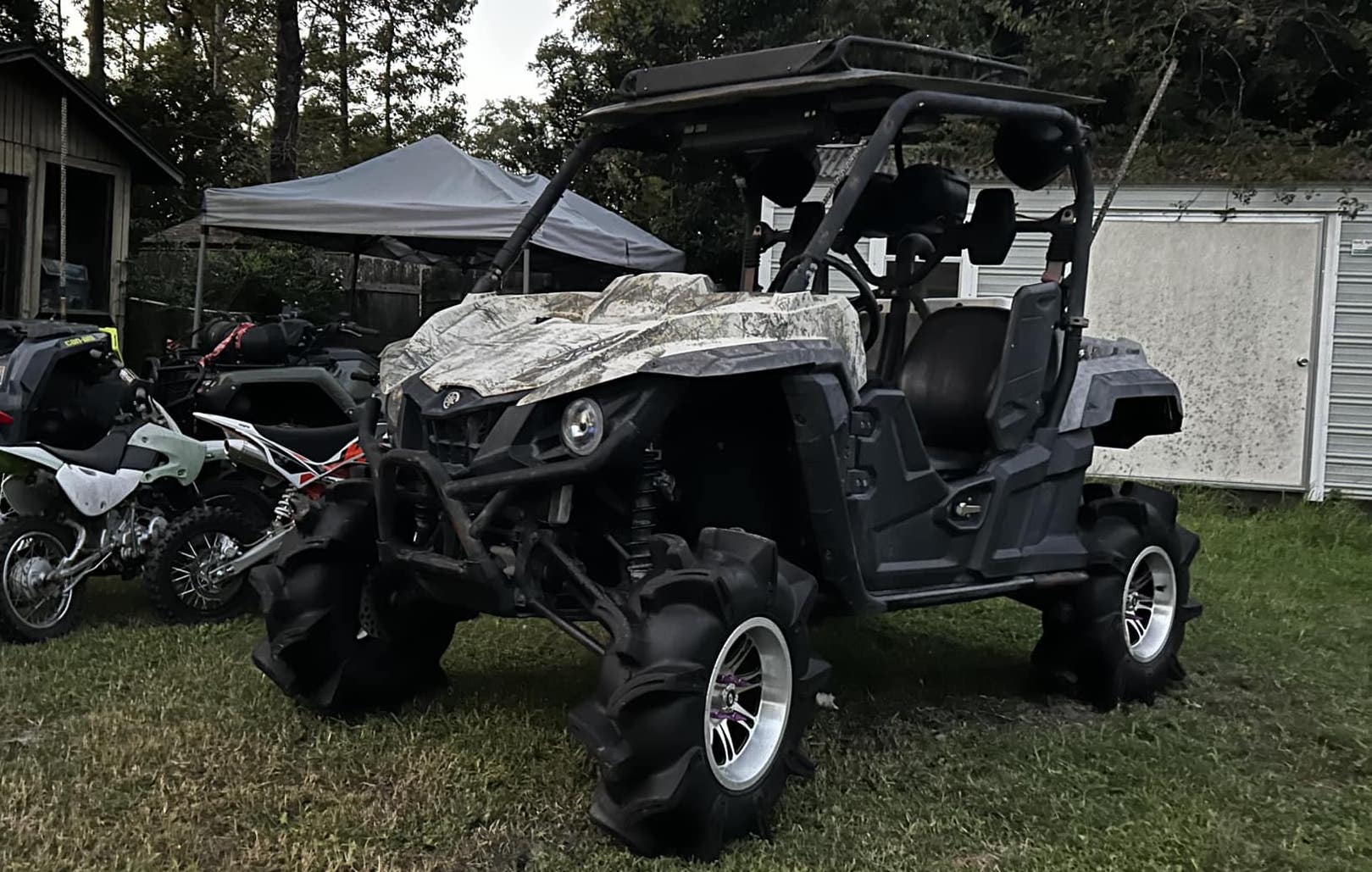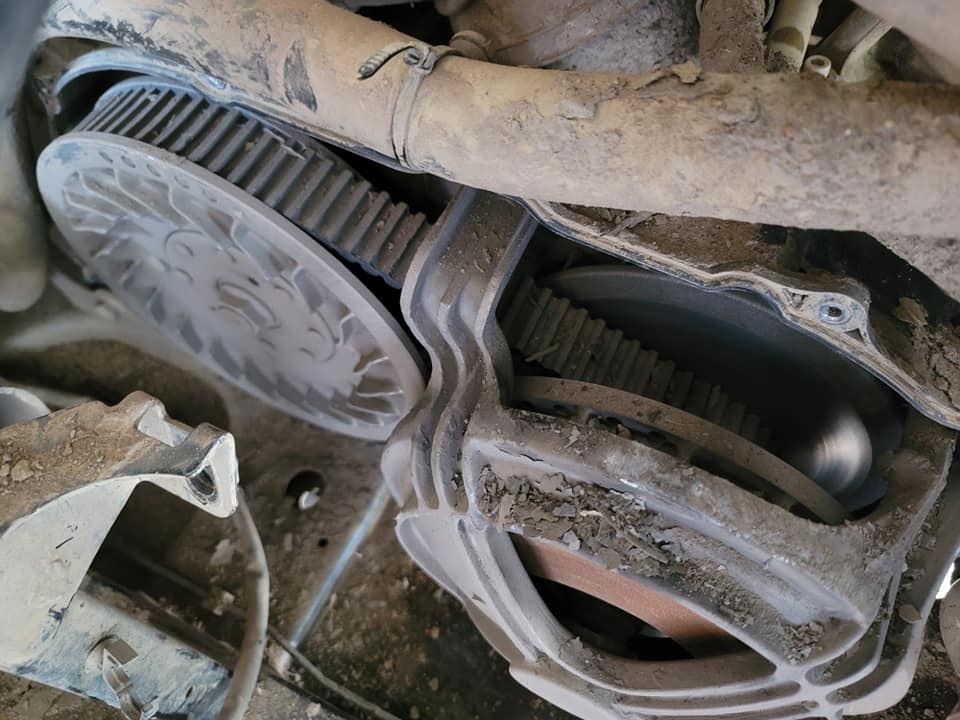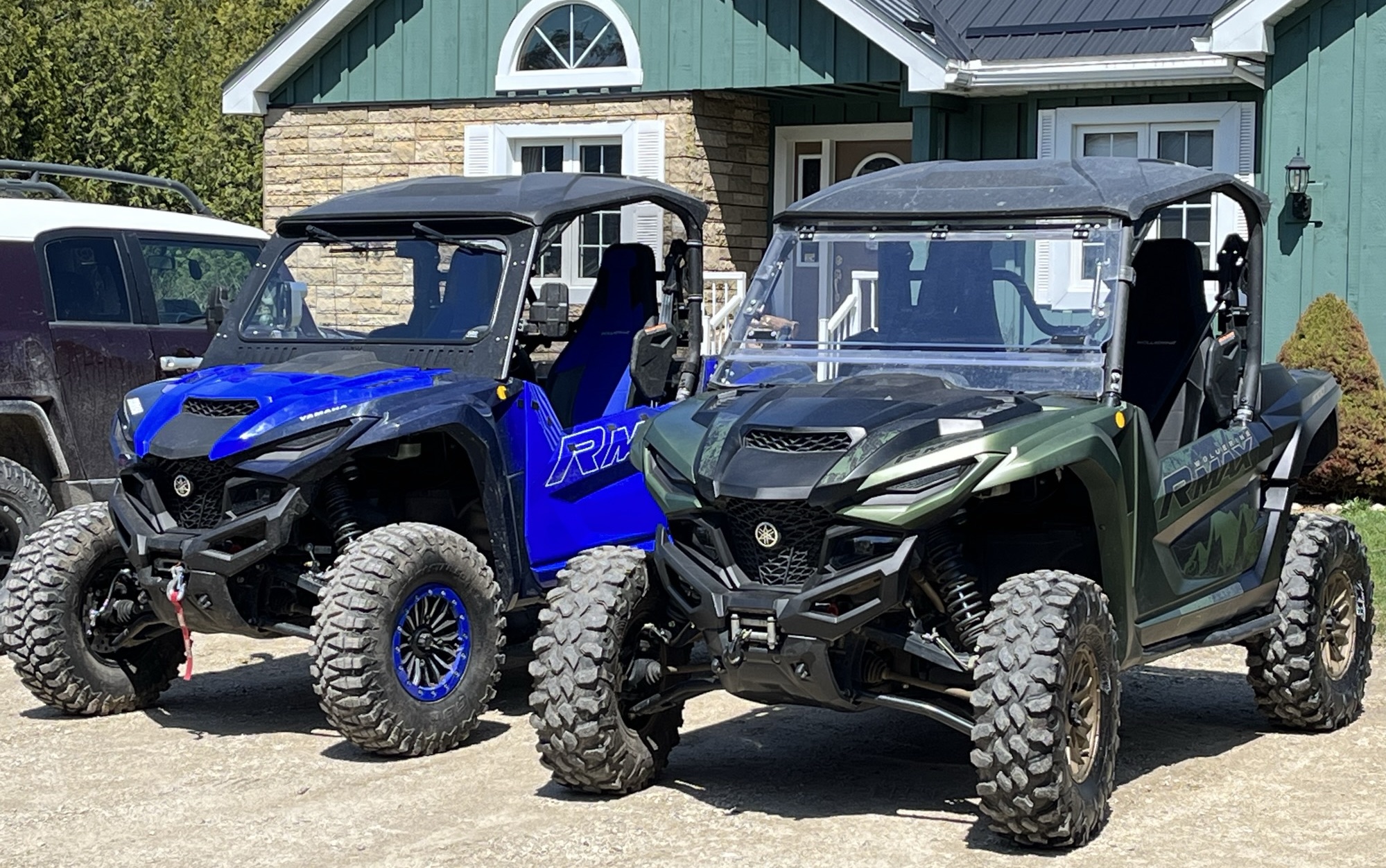What Is Considered High Mileage On A Yamaha Wolverine?
Jun 15th 2023
Yamaha is a company that’s notorious for making high-quality products, and the Wolverine R-Spec, the Wolverine X2 / X4, and the Wolverine RMAX are no different. Are failures probable? Of course! But how common are they, and are they major failures, or minor ones? Whether you’re a current Yamaha Wolverine owner wondering how many miles you can expect to get out of your vehicle, or a prospective Yamaha Wolverine buyer who's eyeing a machine with thousands of miles on it already, here is our analysis of the Yamaha Wolverine life expectancy!
What’s The Maximum Amount Of Miles You Can Get Out Of A Yamaha Wolverine?

Theoretically, there’s nothing preventing a Yamaha Wolverine from lasting tens of thousands of miles... but the real world is far from theoretical. In general and all else being equal, 10,000 miles on a Yamaha Wolverine is pretty good, and anything above that is a bonus. But not every Wolverine will hit that mark, as it depends heavily on both how the UTV was ridden, as well as the maintenance that was done to it.
With a diligent adherence to the servicing schedule outlined in the owner’s manual, it’s entirely possible to surpass 20,000 miles in a Yamaha Wolverine! Will you need to replace wear items and other parts that go bad? Sure. But achieving high mileage is possible without you having to rebuild your engine, swap out the transmission, or do anything to the drive train. And although Yamaha is the only manufacturer who makes an extremely reliable CVT, it’s almost inevitable that you’ll have to install a new belt at some point.
How To Maximize Your Potential Mileage
You bought an off-road vehicle for a reason, and the Wolverine was built to be used as such. But if you can avoid mud and water, you’ll be doing your rig a service that will pay off big time as it approaches senescence. Taking care of your machine starts from the second you buy it, and there’s a break-in period that requires some specific actions on the driver's part.
The Break-In
It’s important to know that there's more to breaking in a new unit than simply going easy on the motor. A Yamaha Wolverine that’s fresh off the factory floor also has a belt, a clutch, differentials, and more that need to be broken in as well. Accordingly, controlling hard use under high stress / heat should be your primary concern while breaking in your buggy.
Regarding the belt, most OEM and aftermarket Yamaha Wolverine belts need around ten miles to break in properly. During this time, the outer coating on the belt gets worn off, and a small layer of rubber gets transferred to the clutch surface that provides better grip. No matter if you installed a new belt or bought an entirely new machine, it’s advised that you vary your speed and avoid hard stress / throttle inputs when breaking in a new belt.
Where the engine and other rotating components are concerned, it’s important to let them gradually warm up and cool down so that everything gets a chance to seat / settle. To do this, let the vehicle idle for a bit after starting it, ride around with a minimum of 0 and a maximum of ½ throttle at varying speeds, and let it cool down from time to time.
Spurts of high stress and maxed-out RPMs will help seat the valves and seal the piston ring to the cylinder, so you should also put the throttle to the max for a few seconds here and there, while making sure to return lower RPMs after around 5 seconds or so. You should avoid riding your Wolverine at full throttle for extended periods of time until you hit 60 miles, or there about, and at this point, it’s important to change all the fluids (engine, transmission, and differentials) to remove any fine metallic shavings or sharp pieces of “moon dust” / shrapnel that were generated during the break-in period.
As long as you vary your driving speed / RPMs / throttle, do short bursts of full throttle once the machine is warmed up, give it time to cool down periodically while riding, and change the fluids after a handful of hours / 60 miles, you’ll then be good to go full tilt without sacrificing longevity!
Servicing The Clutch

Any time you ride in deep mud or water, you’ll want to give your clutches a good cleaning as soon as possible afterwards. It won’t be fun, and it’ll involve lots of scrubbing, brake parts cleaner, and elbow grease, but if you want your rig to run smooth like butter, cleaning the clutch is the price you've gotta to pay.
In addition to making sure that your clutch system is free from contaminants, you’ll also want to follow the book’s advice about clutch servicing. If you don’t periodically apply grease to your clutch, the secondary will start to bind. This causes the belt to slip, and then ultimately fail, which can then lead to damaged sheave fins that throw off the rotational balance of the clutch and ruin bearings. Let your grease turn to sludge and you’ll soon require a replacement primary, secondary, or both!
General Maintenance
It should go without saying, but oil changes, fluid changes, and air filter changes are key for longevity – especially with the Subaru motors that come stock in the R-Spec Wolverines. Going by the book is advised for oil changes, but the service manual also provides owners with schedules for inspecting / changing other wear items like wheel bearings, spark plugs, etc.
Conclusion

Knowing the mileage on a Yamaha Wolverine can give you a few insights as to how much life it's got left, and on average, 10-15K miles is the point where it becomes not worth it to make the required repairs when things start to break. While your Wolverine might not be the world record holder, it could still hit 20K+ miles if you treat it right. You can use it hard without abusing it, and if you break it in properly, do the maintenance / cleaning, and don’t launch it like a trophy truck or pretend like it’s a submarine, your Yamaha Wolverine will last for dozens of thousands of miles!


